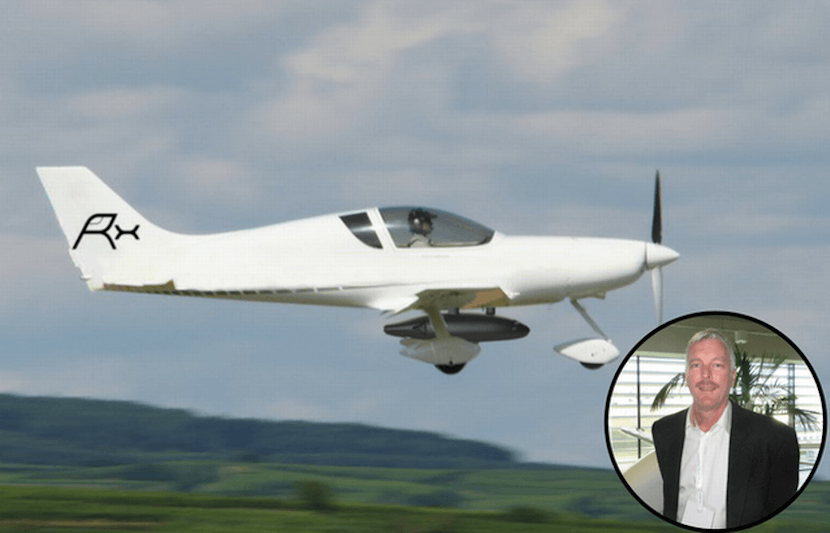A researcher at the University of Nottingham (UoN) in the UK has recently unveiled his designs for a flying motorcycle that could revolutionize electric aircrafts.
Richard Glassock, research fellow in hybrid propulsion systems for aircraft at the UoN Institute for Aerospace Technology (IAT), has developed designs for two generators that would allow electric aircrafts to travel further. One of the generators also serves as a typical motorcycle or scooter.
There has been an increasing interest in the use and development of all-electric aircrafts. These aircrafts would lower running costs, decrease CO2 and NOx emissions, and lower noise levels. The problem is, the batteries used for electric aircrafts severely limit flight time, and as of now, there is no solution to extending battery life.
Glassock’s design includes two conventionally fueled, engine driven, electrical generators titled RExMoto and RExLite.
The RExMoto is a 50kW device that doubles as an electrical generation power plant and a motorcycle or scooter. It could contribute two to three hours of additional flight time through conventional combustion of hydrocarbon fuel while attached to the aircraft. The RExMOTO weighs no more than 125 kg (275.578 pounds), and its lightweight and retractable wheels make it easy to attach and detach from an aircraft’s fuselage or wing. It also functions as a mode of transportation once the plane is landed.
The RExLite is a 40kW electrical generation power plant that, while attached to an aircraft, could add up to three hours of extra flight time. It can be easily installed and positioned under a fuselage or wing. Its lightweight and small size makes it easily maneuverable. At 60kg (132.277 pounds), the RExLite can even be carried on board a larger aircraft.
“The REx units are designed to enable small all-electric aircrafts to fly further and longer when necessary,” Glassock said.
Because the generators are detachable, “the all-electric aircraft will require minimal modification and can be used as normal when long range is not required,” Glassock said.
The REx units could appeal to private owners of two-seater or four-seater aircrafts who want to fly longer distances, emit less, and spend less money on fuel.
“The benefits also extend to pilot training as more electric aircraft will lower running costs, fuel burn and achieve an appreciable reduction in noise levels – most notably at suburban airports,” Glassock said in a statement. “As airports are gradually hemmed in by the suburban sprawl, the use of the hybrid range extenders may make evening and night training flights of electric aircraft more acceptable.”
Glassock’s design comes at a very intriguing time in aerospace engineering.
“We are now living through exciting times in the aerospace industry, probably the most exciting times in two generations, as electrification offers a radical departure in propulsion and aircraft design, and we are delighted to contribute and demonstrate the research being done here,” Professor Herve Morvan, director of IAT, said in a statement. “Richard’s project on Range Extenders is one example of the preliminary work we are carrying out in this area.”
Glassock’s designs also build on the goal of the Advisory Council for Aviation Research and Innovation in Europe (ACARE) to develop more electric technology for medium to long-haul flights. To help reach this goal, the ACARE established five initiatives for future aircrafts to reach by 2050. Glassock’s designs give ACARE solutions to three of its goals — reducing CO2, NOx and noise levels.
Glassock and his team plan to develop prototypes of the REx units within the next year.



